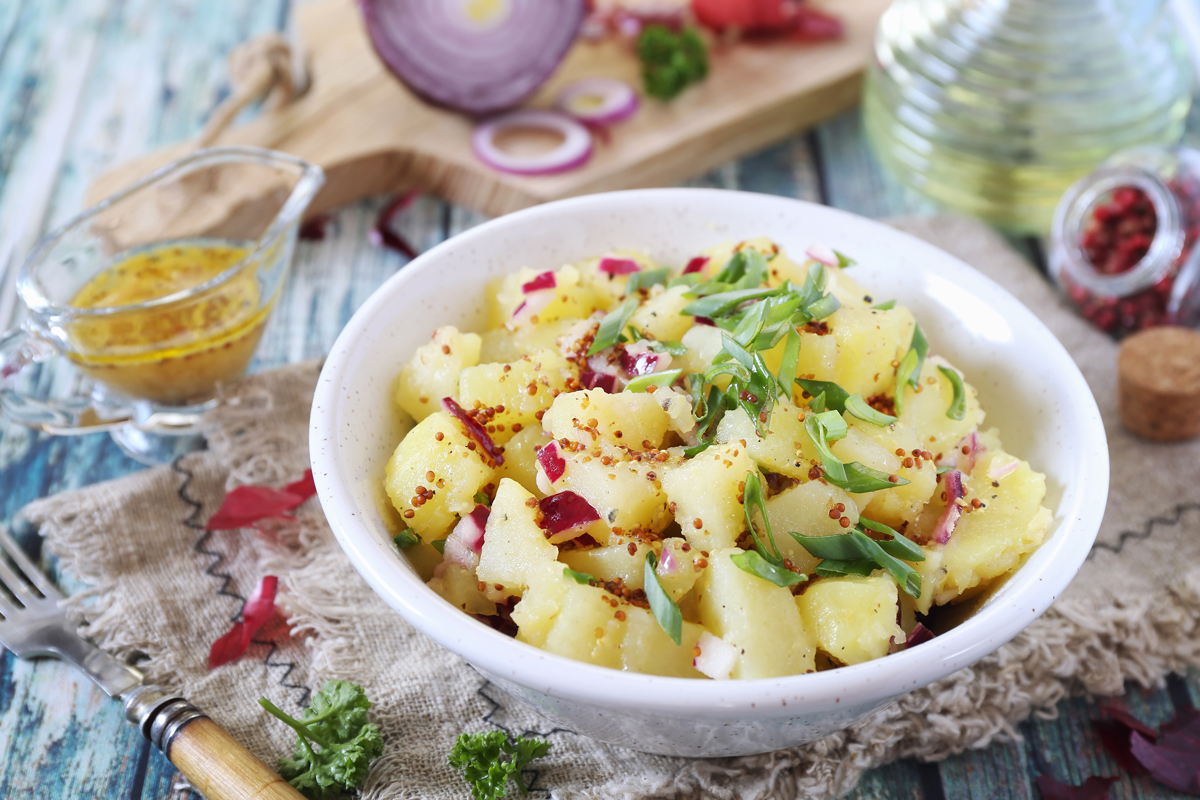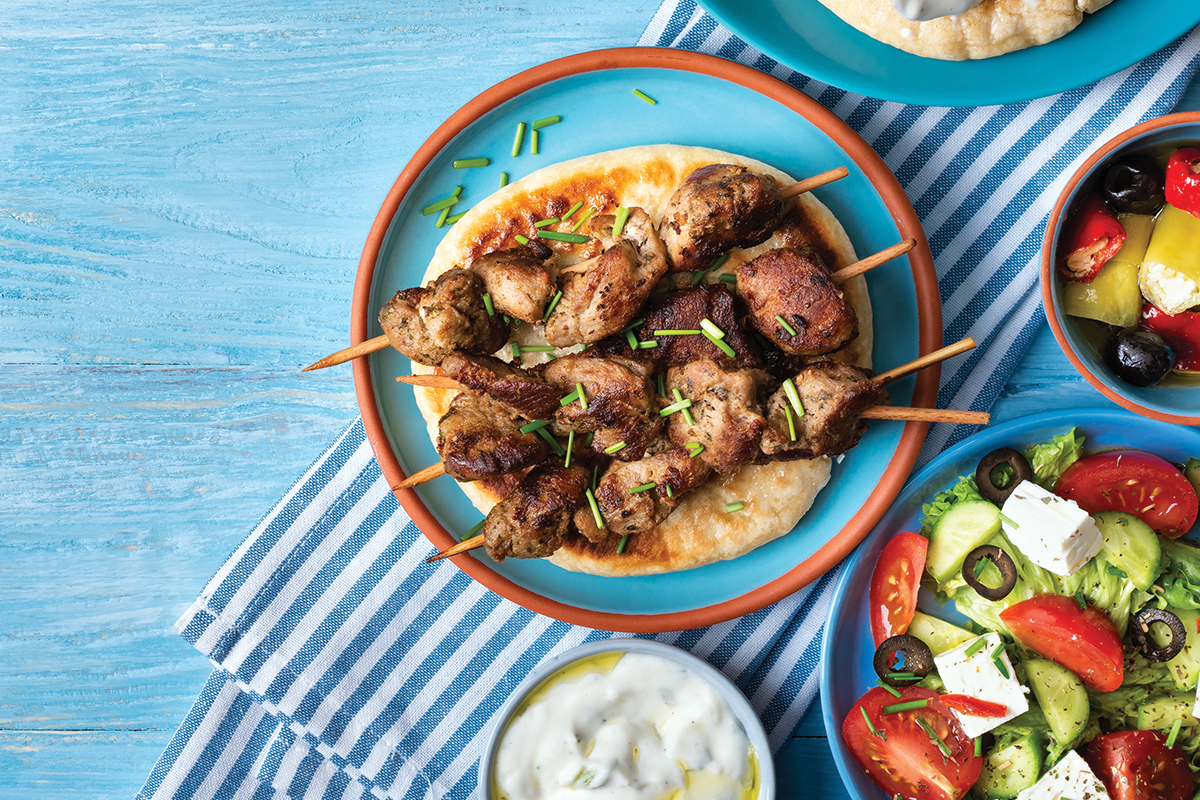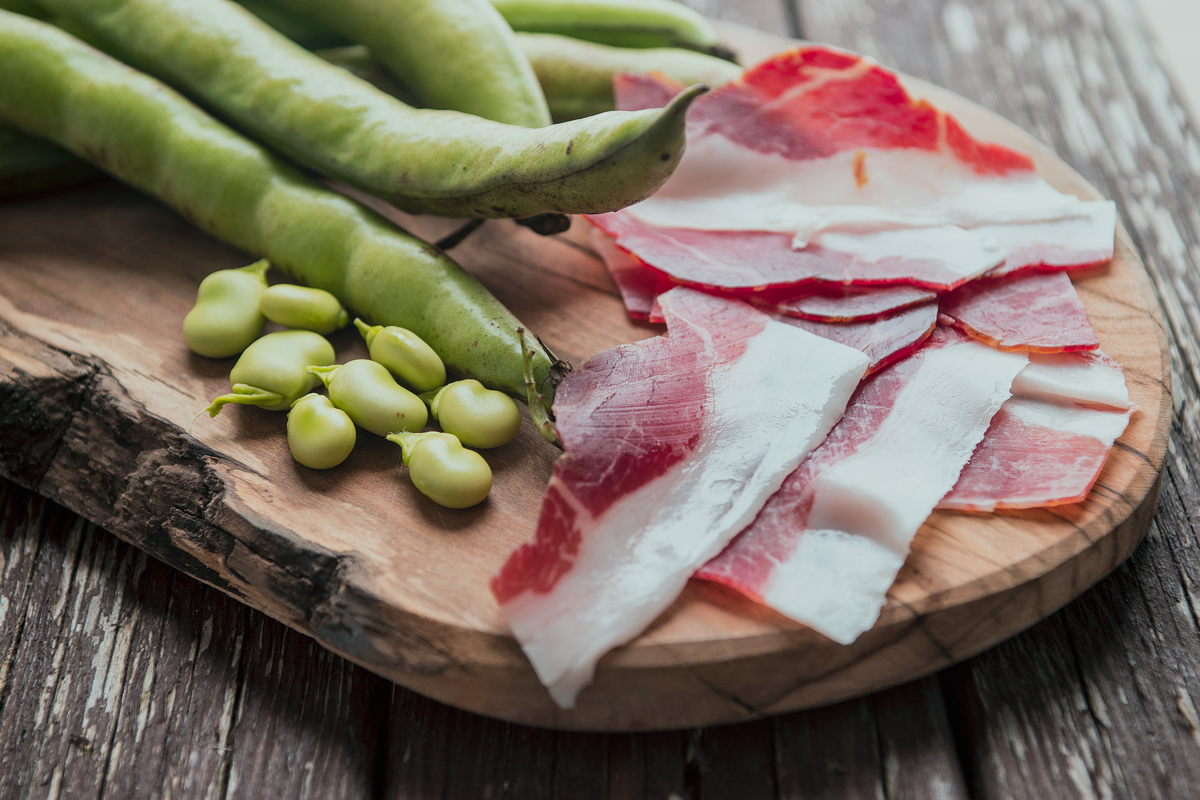The Ultimate 4th of July Potato Salad Recipe, Spotlight on Vinegar and Finishing Salts, Improving Your Time Management and Eating Less May Lead to Longer Life
To me, July 4th marks the pinnacle of summer, and a great day to get together with family and friends. Taking personal time is important, and something we don’t do enough, as you’ll see in this issue’s “For Your Best Health” report. Couple that with new research on longevity, and it’s also a good moment to think about a priority re-balance: Read on for great ideas to maximize life satisfaction rather than work productivity.
The Ultimate 4th of July Potato Salad
 The Ultimate 4th of July Potato Salad
The Ultimate 4th of July Potato SaladPotato salad is the quintessential summer side dish, and I love mine done to the max. This variation includes not only hard-boiled eggs, but also crispy bacon, all dressed in a vinaigrette—so good you’ll want it for your main dish!
Ingredients
- 8 eggs
- 8 ounces bacon
- 1/4 cup red wine vinegar
- 3 tablespoons Dijon mustard, more to taste
- 1/2 cup extra virgin olive oil, more to taste
- 4 pounds red new potatoes
- 6 scallions, rough chopped
- 1/2 cup chopped fresh parsley
- 1/4 cup chopped fresh dill
- Coarse salt and freshly ground pepper to taste
Directions
Step 1
Hard-boil the eggs, peel them under running water, and then cut into large diced pieces; set aside. Cut the bacon strips into 1″ pieces and sauté in a large skillet until crisp. Use a slotted spoon to transfer to paper towels to drain.
Step 2
In a large serving bowl, whisk the vinegar and Dijon together, and then slowly whisk in the olive oil; set aside.
Step 3
Cut the potatoes into large diced pieces and cook in boiling water until easily pierced with the tip of a knife, 7-10 minutes. Drain the potatoes and let them cool for only about 5 minutes; then fold them into the dressing (doing this while the potatoes are still warm helps them absorb all the flavors).
Step 4
Gently fold in the bacon, eggs, scallions, and herbs. Taste and add salt, pepper, and more Dijon and/or olive oil as desired. Serve at room temperature with a final sprinkle of coarse salt.
Serves 8

Healthy Ingredient Spotlight
Vinegar Delights
Olive oil and balsamic vinegar—it’s a match made in heaven. When whisked together for a vinaigrette, the acid is the perfect complement for the richness of the oil. But that’s just the beginning. The two combine beautifully for marinating meat before grilling, for creating a sauce enhanced with herbs, for turning steamed green beans or other vegetables into a flavorful side dish, and for just drizzling over foods, from cheeses to berries. Members of the Fresh-Pressed Olive Oil Club know I’m such a fan of vinegar that I started creating curated selections from around the world last year (the next collection is coming soon!).
Here are more ways vinegar can boost the flavor of dishes:
- Add a tablespoon to a stir-fry in the final minute of cooking.
- Whisk a teaspoon into hearty soups and stews before serving.
- Add a tablespoon to your favorite homemade gravy recipe for added zest.
- Boil down a cup of balsamic or fruited vinegar by 50 percent to make a reduction to spoon over grilled meat.

Healthy Kitchen Nugget
Finishing Salts
These coarse-grained sea salts are great for adding taste and texture to finished dishes. While Maldon salt with its pyramid-shaped crystals is my go-to, I also love two French favorites, sel gris (coarse grey sea salt) when I want more of a mineral taste and the very strong yet more artisanal fleur de sel, which is exceptional with caramels and chocolate desserts. Wonderful finishing salts are even being made in the USA. Portland, Oregon–based Ben Jacobsen makes a flake finishing salt from the waters off the Oregon coast. Having a collection allows you to experiment, and since you use only a few grains at a time, it’s a worthy investment.

For Your Best Health
Stop and smell the roses
That expression originated in the 1960s but is even more true today as we spend more and more hours working and even playing without taking time to appreciate our surroundings. We’re more concerned about time management than about time for ourselves, so I really appreciate the work done by Oliver Burkeman, author of “Four Thousand Weeks: Time Management for Mortals,” named after the average person’s lifespan.
A self-proclaimed recovering productivity geek, he explains how trying to maximize every minute leads not to better work productivity but to more stress and the feeling of being overwhelmed. His suggestion is to embrace the fact that we have a finite amount of time on this earth and to accept that we won’t accomplish everything we set out to do—this can actually free you up to focus on what really matters to you. Here are practical ideas from his book that can help:
Forget multitasking—it’s a misnomer anyway. Focus on one task at a time and do it well. You’ll do it faster, too.
Pick something to fail at. Cross something off your to-do list and don’t look back. For example, get rid of those years-old supplies for a craft you never got to learn, and be free of the stress and guilt of not having mastered it. This frees you emotionally for things that have true meaning for you.
Keep a “done” list to counter all the to-dos. There’s immense satisfaction in reviewing what you’ve accomplished.
Spend 5 minutes a day doing nothing. It’s harder than it sounds! Set a timer and let go of everything—don’t even focus on deep breathing. This acts as a calming reset.

Fitness Flash
Eat Less, Live Longer
Many studies have found that one lifestyle change can increase longevity: eating fewer calories. Now, according to a new report from the Howard Hughes Medical Institute published in May 2022 in the journal Science, eating only during the hours when you’re most active can help maximize the effect.
Investigator Joseph Takahashi, PhD, a molecular biologist at the University of Texas Southwestern Medical Center, and colleagues were able to extend the lifespan of mice on a reduced-calorie diet by 35 percent by feeding them only at nighttime, when mice are most active. This is substantially greater than the 10 percent extended lifespan resulting from a reduced-calorie diet alone. Since humans are active by day, a comparable plan would be to restrict eating to daytime hours, such as 7 am to 7 pm.
The research helps disentangle the controversy around diet plans that emphasize eating only at certain times of day, says Dr. Takahashi. Such plans may not speed weight loss in humans, as some studies have shown, but they could promote health benefits that add up to a longer lifespan.
Scientists are just beginning to understand how calorie restriction slows aging at the cellular and genetic level. As an animal ages, genes linked to inflammation tend to become more active, while genes that help regulate metabolism become less active. Dr. Takahashi’s work showed that calorie restriction, especially when calorie intake was timed to the mice’s active period at night, helped offset these genetic changes as mice aged.
Dr. Takahashi hopes that learning how calorie restriction affects the body’s internal clocks as we age will help scientists find new ways to extend the healthy lifespan of humans. That could come through calorie-restricted diets or through drugs that mimic those diets’ effects. In the meantime, he is taking a lesson from his mice: He restricts his own eating to a 12-hour period.
Get More Recipes In Your Inbox!



